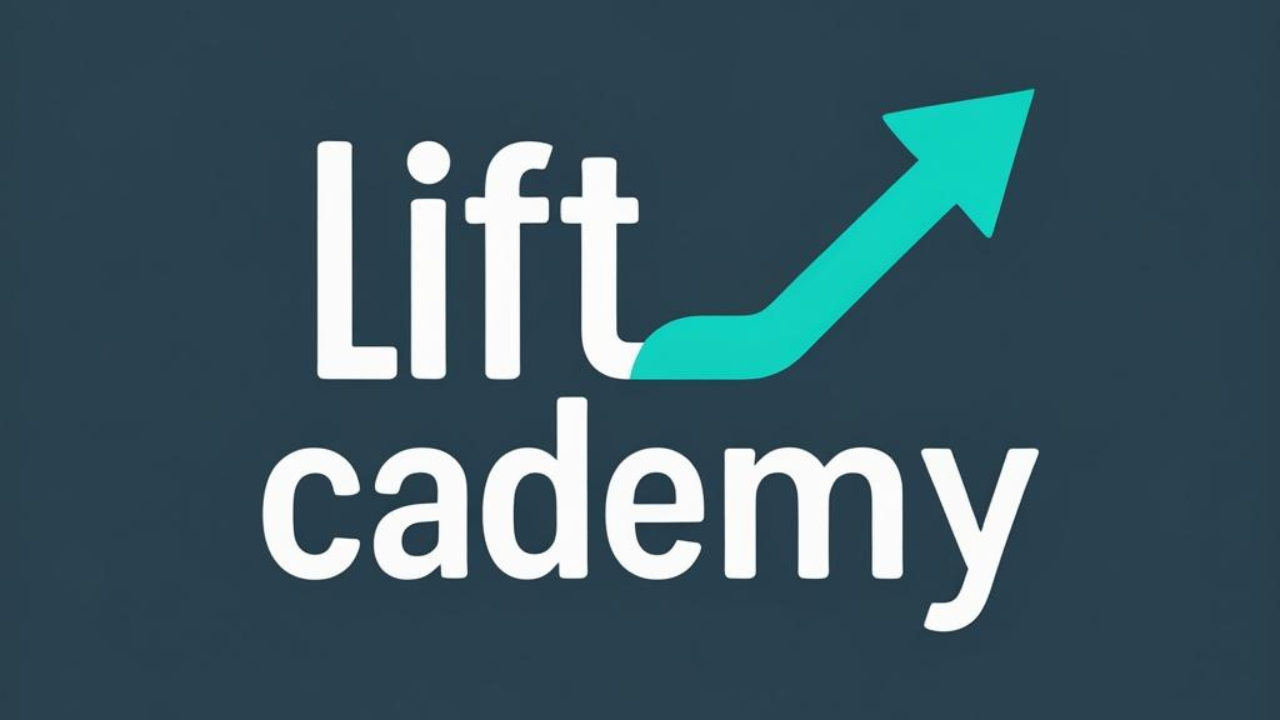Hi doctor,
Welcome to this session focused on V-face shaping using thread lifting — a technique that’s become one of the most requested outcomes in aesthetic clinics, especially by patients who want a slimmer, more contoured facial profile without surgery.
In this lesson, I’ll walk you through how I approach thread lifting when the patient’s primary goal is to create a V-line or “snatched” jawline look. We’ll cover the anatomical strategy, vector planning, patient selection, and technical execution — so you can create refined, balanced results that your patients love.
🧠 What Does “V-Face” Mean?
When a patient asks for a V-face, what they really want is:
- A sharper, narrower lower face
- Less heaviness in the jawline
- A smoother, more defined mandibular angle
- Sometimes even a more tapered chin
This aesthetic is especially popular in younger patients, social media-driven trends, and in cultures that value a more delicate, contoured appearance.
Our job as injectors is to translate that request into a strategic thread lift plan — one that delivers lift, not bulk, and that avoids overpulling or artificial results.
✅ Who’s a Good Candidate for V-Line Thread Lifting?
I look for patients who:
- Have mild to moderate jowling or lower face heaviness
- Still have relatively good skin quality
- Are in their late 20s to early 40s — though older patients can still benefit with the right plan
- Have blunted jawlines or soft tissue descent from weight changes or aging
- Are asking for a more sculpted or defined lower third
Patients with very heavy, thick tissue may require fat reduction (e.g., deoxycholic acid or HIFU) before threads will show visible lifting.
🧭 The Thread Plan for V-Face Contouring
Here’s how I think about it: we’re not just pulling skin — we’re repositioning soft tissue to shift the weight of the lower face upward and backward.
Key thread vector zones I target:
- Midface to lateral cheek – to lift and anchor the malar fat pad
- Jowl region – using upward or diagonal vectors toward the tragus or hairline
- Jawline definition – optional anchoring along the mandible to smooth contour
- Lower cheek volume control – strategic threads can reposition fullness without adding filler
When done together, these vectors create a tightening and lifting effect that visually narrows the face from the lower third upward.
💉 What Threads Do I Use?
I typically use:
- Barbed lifting threads — for structural lift and tissue repositioning
- In some cases, I may combine with smooth or screw threads — to refine texture or stimulate collagen
I usually go for:
- PDO or PCL threads with cogs or cones
- Threads long enough to cover the full lift vector — usually 90mm+
- Anchoring at stable zones like the temporal fascia or lateral scalp
I keep everything customized to the patient’s facial shape, age, and tissue density.
✍️ Technique and Depth
Placement depth is critical for a clean V-lift result. I work in the subcutaneous plane — just above the SMAS — because that’s where we get:
- Strong anchoring
- Safe glide
- Reliable tissue lift
Here’s my process:
- I mark vector lines while the patient is upright
- I numb the entry points with lidocaine
- I insert the threads with gentle, controlled force — watching for symmetry
- I always check the skin tension and movement before trimming the ends
In patients who have mild jowling, I often create a dual vector pattern: one thread to lift the cheek, and a second to reposition the jowl toward the preauricular area.
🔐 Common Mistakes to Avoid
If your goal is a sculpted V-face, here’s what not to do:
- Avoid placing threads too superficial — it causes visible ripples or dimpling
- Don’t pull too hard — overcorrection flattens natural contours and looks fake
- Don’t ignore the midface — V-shaping starts higher than just the jawline
- Don’t overtreat heavy faces with threads alone — combine with other modalities when needed
Always remember: the jawline is the endpoint, not the starting point. To lift the lower face, you often have to anchor from above.
📋 Post-Treatment Advice I Give My Patients
- Avoid strenuous facial movement for 5–7 days
- Sleep on their back for the first few nights
- No massage or facials for 2 weeks
- Swelling and mild asymmetry are normal and usually settle within 7–10 days
I also remind them:
“This isn’t a facelift — it’s a lift-light. It refines, contours, and tightens, but results are subtle and build over the next few weeks.”
👨⚕️ Final Thoughts
Thread lifting for the V-face is one of the most requested procedures I do — and also one of the most satisfying when done right. It gives patients the contour they’re looking for without the bulk or puffiness that sometimes comes with filler.
But for a great result, you have to think in planes, vectors, and proportions — not just lines on the face.
A clean, elegant V-face comes from structure, planning, and restraint — not pulling harder.
🎓 Want to Learn the Full V-Line Thread Lift Technique?
Inside my online masterclass, I teach:
- How to plan custom thread vectors for different face shapes
- My exact injection depth, angle, and entry points
- Combination strategies with filler, HIFU, or toxin
- Live case demonstrations with full voice-over explanation
- How to manage asymmetry, thread migration, and patient expectations
100% online — no hands-on training needed.
👉 Click here to join the course:
🔗 Enroll in the V-Face Thread Lifting Masterclass (Insert your Kajabi link)
I’ll see you inside the training — let’s shape beautifully contoured results with clarity and confidence.
